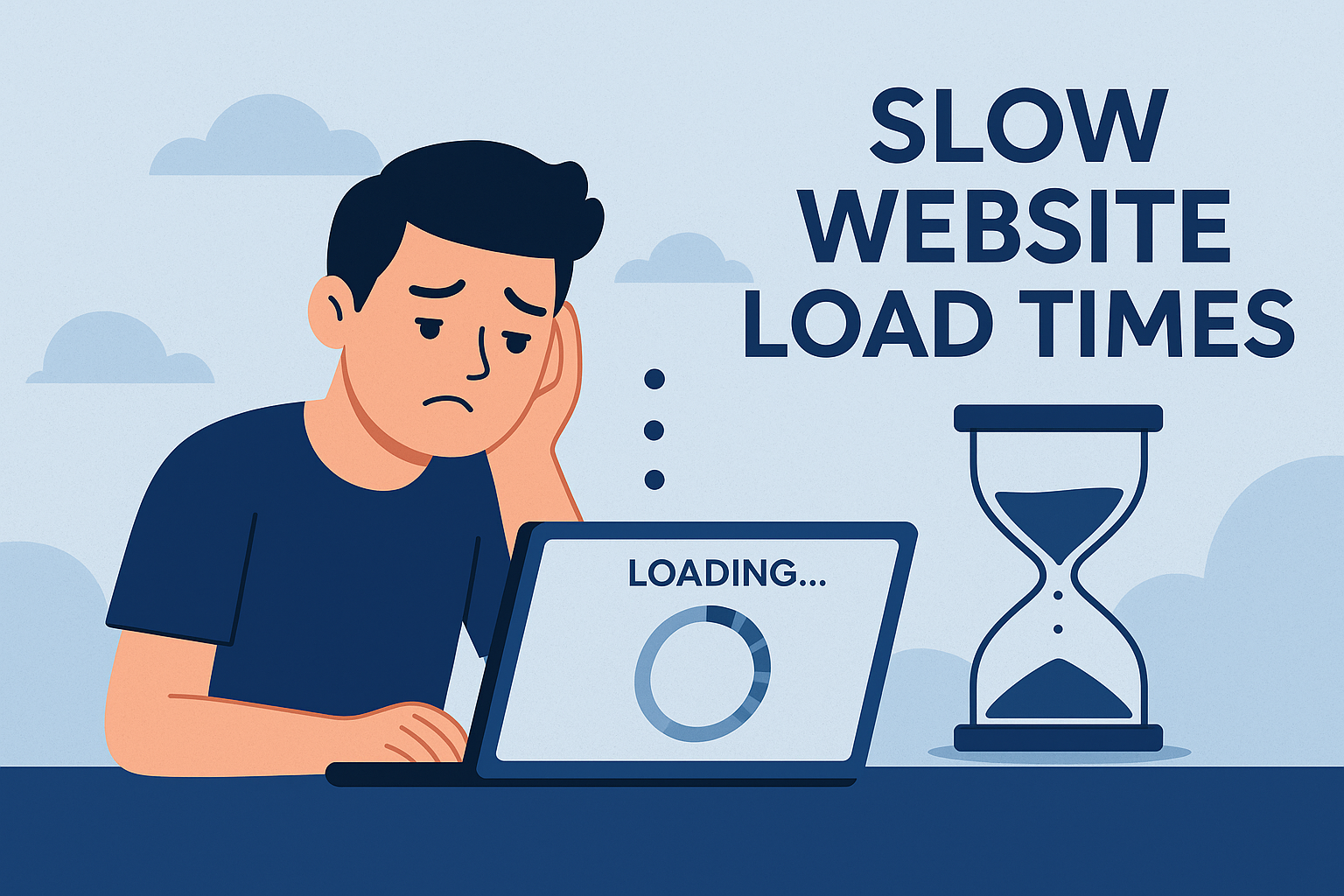Why Slow Website Load Times Are Killing Your Business (and How to Fix It)
User
- June 25, 2025
- 2 min read
- Tips & Tricks

Have you ever clicked on a website, waited a few seconds… and then just gave up? You’re not alone. In today’s fast-paced digital world, slow website load times are a major problem — especially on mobile devices.
🚨 The Problem: Your Website Is Too Slow
If your pages take longer than 3 seconds to load, you’re already losing visitors. On mobile, that number is even lower. Users expect instant access, and if your site lags, they bounce. Studies show that every extra second of load time can reduce conversions by up to 20%.
This issue is not just about inconvenience — it’s about lost revenue, frustrated users, and damaged credibility.
⚙️ The Common Causes of Slow Load Times
Let’s break down why your website might be crawling instead of sprinting:
1. Unoptimized Images
High-resolution images are great for quality but terrible for performance — especially if they're not compressed or properly sized for mobile.
2. Too Many Scripts
Multiple JavaScript files, third-party plugins, and tracking tools can bog down your site, causing delays in rendering the page.
3. Poor Hosting
If you're using a cheap shared hosting plan, your website is fighting for server resources. A weak foundation equals poor performance.
📉 The Impact: High Bounce Rates
Slow load times directly translate to high bounce rates. When users land on your page and it takes too long to load, they leave — often before ever seeing your content.
Google also factors site speed into search rankings. That means a slow site isn’t just losing visitors — it’s losing visibility too.
✅ How to Fix It
Here are some actionable steps to improve your website speed:
- Compress and resize your images using tools like TinyPNG or ImageOptim.
- Minimize and combine scripts to reduce the number of server requests.
- Use a Content Delivery Network (CDN) to load assets faster from locations closer to the user.
- Choose a reliable hosting provider that offers good speed and uptime.
- Enable caching and use lazy loading for images and videos.
🏁 Final Thoughts
Speed isn’t just a technical metric — it’s a user experience issue. And in today’s competitive online landscape, experience is everything.
If your website feels more like a turtle than a cheetah, it’s time to take action. Optimize now, and keep your visitors where they belong — on your site, not someone else’s.
- Let’s connect and make it happen: hello@onenazmul.dev
